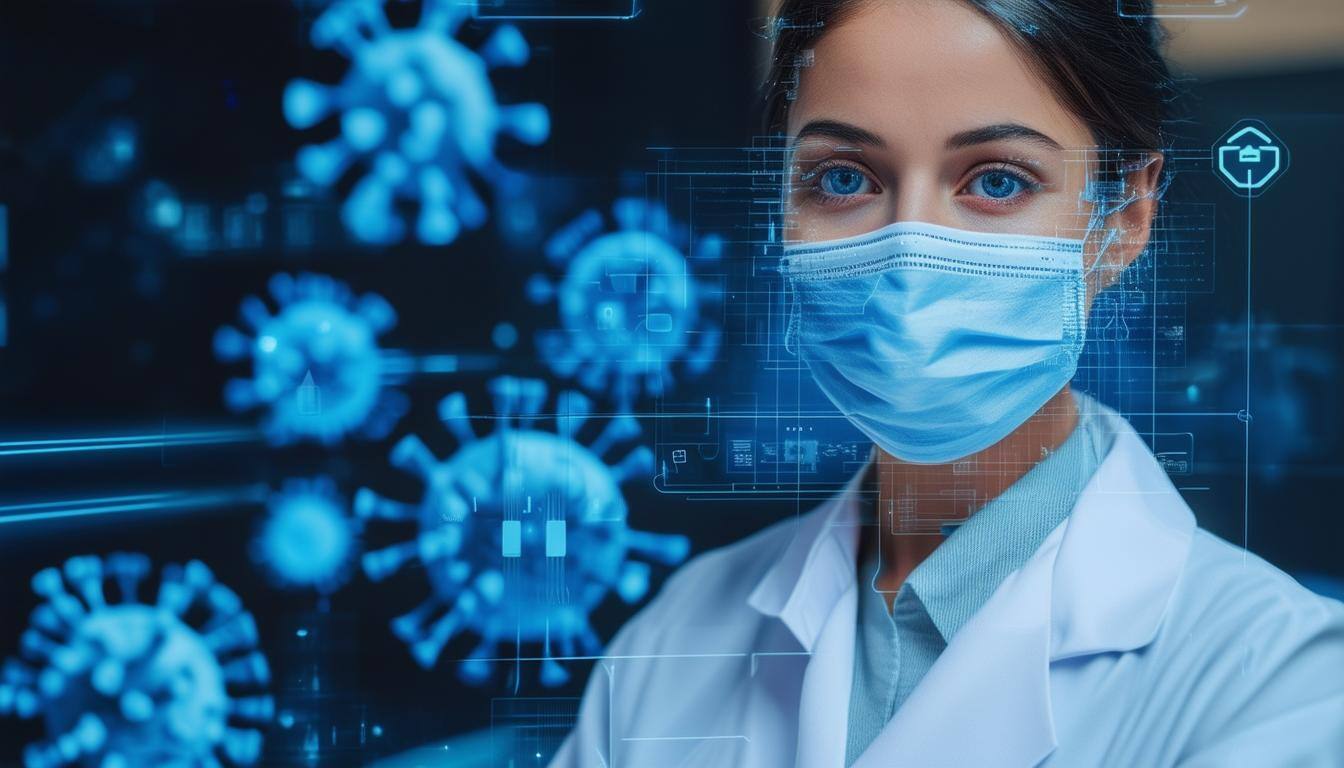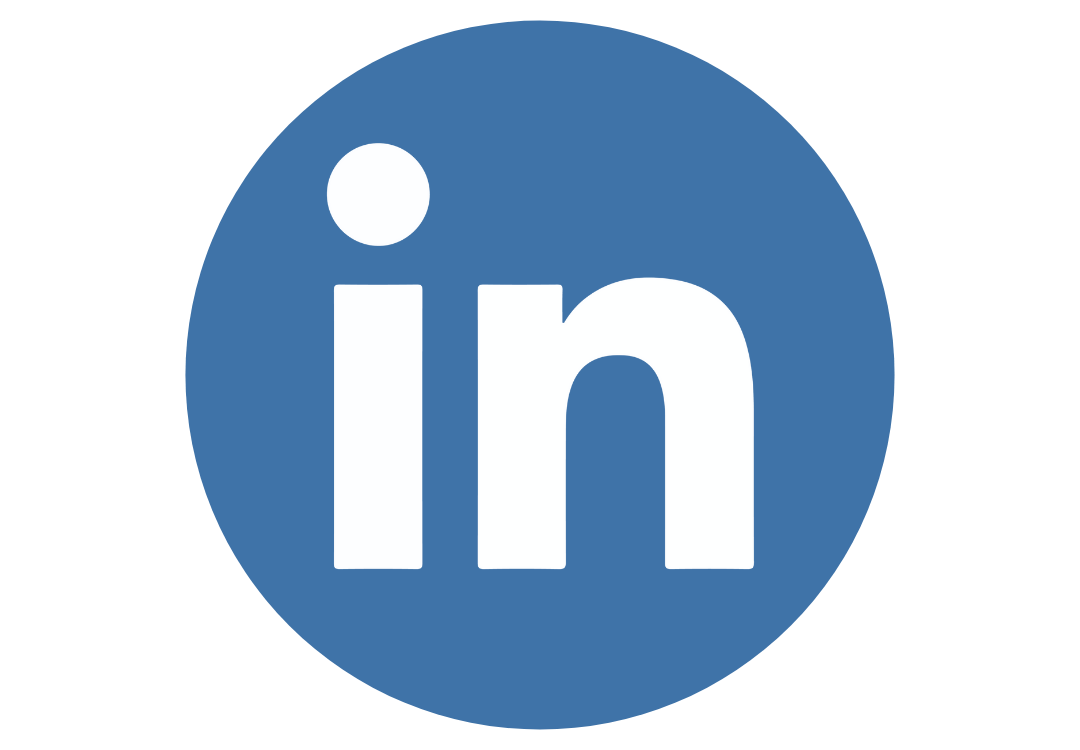Switzerland (Head Quarters)
IDR Medical Switzerland
Austrasse 95, CH-4051 Basel, Switzerland
T:
+41 (0) 61 535 1109
UK
IDR Medical UK
Unit 104 Eagle Tower, Eagle Tower
Montpellier Drive, Cheltenham, GL50 1TA
T:
+44 (0) 1242 696 790
USA
IDR Medical North America
225 Franklin Street, 26th Floor
Boston, Massachusetts 02110, USA
T:
+1 (0) 617.275.4465

The Changing Landscape of Patient Care: Remote Assessment Tools in the Post-COVID Era
Over the past few years, the healthcare industry has undergone a significant transformation, with much of this change driven by the rapid advancement of remote technologies—a trend accelerated by the COVID-19 pandemic. A key area experiencing innovation is the patient journey, where remote assessment tools are now playing a pivotal role in enhancing the way care is delivered, especially for individuals with chronic illnesses or specialized care needs.

The Rise of Remote Monitoring Tools
Remote monitoring devices, once considered niche, have now become central to managing patient health. A July 2024 survey of 56 US health insurance executives revealed that 68% of their contracted healthcare providers are increasingly investing in remote monitoring and wearable devices. This rise in investment highlights a clear shift in how healthcare providers and insurers view technology as a tool to deliver efficient and effective care. These devices—ranging from wearables that track vitals to apps that assess wound healing—enable healthcare teams to offer more personalized, proactive care without the need for frequent in-person visits.
According to the same survey, nearly 9 in 10 health insurance executives (89%) believe that remote monitoring devices are effective in managing chronic illnesses, helping doctors tailor care plans to individual needs while enabling earlier interventions when necessary. This growing confidence reflects how integrated remote tools have become in healthcare.
The Power of Mobile Apps in Wound Care
One particularly exciting application of remote technology is in wound care management. Tools such as multiplatform messaging apps and smartphone-based assessment tools have demonstrated immense potential in supporting patients and clinicians. For instance, a systematic review published in August 2024 highlighted how messaging applications can help burn injury patients maintain direct communication with specialists, ensuring continuity of care through the rehabilitation phase.
A similar trend is emerging for diabetic wound management, an area of concern given the high rates of complications. A January 2024 Lebanese study with 22 participants evaluated the use of WhatsApp to monitor diabetic wounds treated with Negative Pressure Wound Therapy (NPWT). The study found that WhatsApp was highly effective for documenting and tracking wound progression, enabling clinicians to identify complications early and make timely adjustments to care.
This increase in the use of mobile apps and communication platforms for wound care is opening new avenues for remote care delivery, especially in non-acute settings, where patients benefit from continuous, real-time monitoring from the comfort of their homes.
Collaborative Innovation: Healthy.io and Johns Hopkins
An example of innovative remote assessment tools is the collaboration between Healthy.io, an Israeli health tech company, and Johns Hopkins University. In March 2024, the two organizations launched a pilot program that integrates Healthy.io's smartphone-based tool, Minuteful for Wounds, into the wound care management process. This tool allows patients to capture images of their wounds, which are then analyzed by clinicians remotely. By facilitating remote monitoring, this collaboration aims to improve outcomes for patients with chronic wounds, significantly reducing the burden of in-person visits and providing clinicians with actionable insights between appointments.
Unlocking New Opportunities in Non-Acute Care
The convergence of mobile health tools, wearable devices, and remote monitoring platforms opens significant opportunities for non-acute care. Chronic illness management, wound care, and rehabilitation are just a few areas where remote tools have shown great potential. These innovations offer more than convenience—they enable early intervention, empower patients, and reduce the costs associated with frequent hospital visits and prolonged care.
Furthermore, insurers have recognized the value of this shift. The fact that 89% of health insurance executives support the use of remote monitoring for chronic disease management shows that payers are on board with this transition, seeing it as a way to improve patient outcomes while potentially lowering long-term costs.
The Future of Remote Healthcare
The post-COVID world has underscored the need for accessible and flexible healthcare solutions. Remote monitoring and assessment tools are emerging as cornerstones of the new patient journey, enabling providers to deliver care that is not only more personalized but also more sustainable.
As we move forward, the integration of these technologies will likely expand into other areas of healthcare, from preventive care to post-surgical recovery. The data gathered from remote monitoring devices and apps will further refine treatment plans, improve patient engagement, and create a more holistic approach to healthcare delivery.
In conclusion, the evolving patient journey—driven by remote tools and accelerated by the pandemic—is reshaping the future of care.
With strong support from insurers and increasing investment in mobile health technologies, remote care is poised to revolutionize how we manage chronic conditions, wounds, and more. This shift promises to make healthcare more accessible, efficient, and effective for all.
Discover how the latest advancements in remote patient care and mobile health technologies are reshaping the patient journey, and how you can successfully bring your technology to market. Get in touch today for expert market research and strategic insights to ensure your organization stays ahead in this rapidly evolving healthcare landscape.


